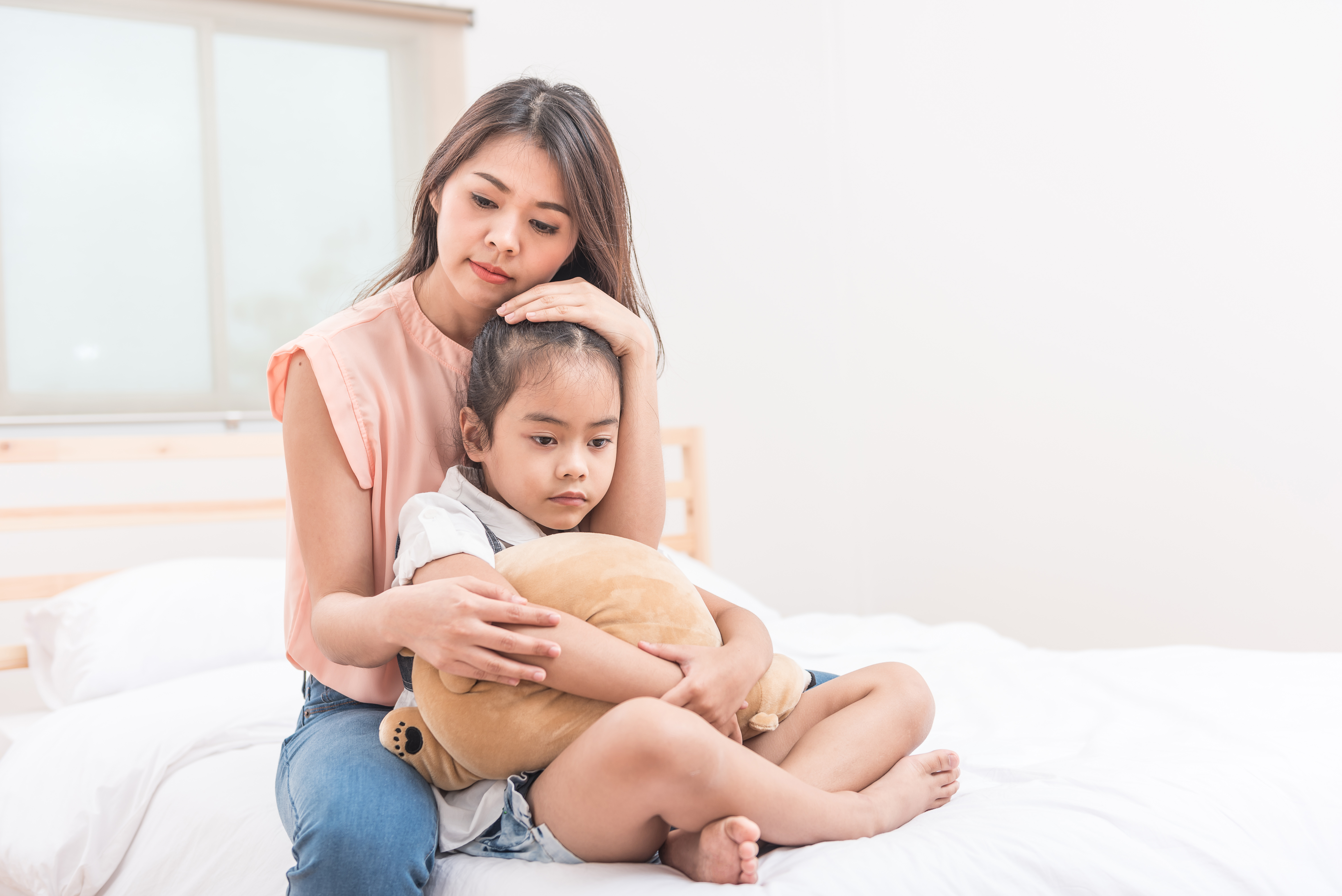
Child anxiety is on the rise. Recent data from the National Survey of Children’s Health suggest as many as one in 20 children in the United States suffer from symptoms of elevated anxiety yet most are not receiving treatment for it. To quell the long-term health effects of this mental health disorder, innovative and scalable interventions are urgently needed.
“The real problem is access to quality care for children with anxiety especially for low-income and minority children who are denied treatment due to stigma, language barriers, or because of a scarcity of therapists in their area,” explains Lisa Fortuna, MD, MPH, director of Child and Adolescent Psychiatry at Boston Medical Center.
Fortuna and her colleague, Donna Pincus, PhD, are leading a team of physicians-scientists from across the nation to study methods of treatment delivery for children from these communities. The five-year, multisite KIDS FACE FEARS study is funded by a more than $12 million grant from the Patient-Centered Outcomes Research Institute and will enroll more than 1,800 children, making it one of the largest studies of the treatment of anxiety in children and adolescents to date. With study sites in the Northeast, Mid-Atlantic, Pacific Northwest and Southeast, researchers will follow children ages three to 17 as they receive treatment for anxiety, with the hope of finding an accessible alternative to face-to-face therapy.
Short-term cognitive behavioral therapy is extremely effective in managing anxiety in children. This therapist-led approach educates children about anxiety and counsels them on steps to overcome fearful situations. However, past studies indicate that cognitive behavioral therapy is also effective through online platforms. The KIDS FACE FEARS project will test the two different methods of delivering therapy—face-to-face versus online—in health centers and pediatric practices serving low-income children of color.
The project will utilize the Cool Kids Anxiety Program Kit, a tool that provides step-by-step instruction to mental health providers as well as directly to patients via an online therapy platform. These toolkits are offered in both English and Spanish and will be delivered either face-to-face in community health settings or through a web-based application. The web-based application can be accessed anywhere using a computer or smart phone. The 10-15% of families who do not have smart phones can access the application at regional health centers and school nurses’ offices.
The toolkits are tailored specifically to each age group. For younger children, the lessons offer a graduated approach that educates both parent and child on anxiety and how to make steady progress using tools such as a “fear ladder” to overcoming specific phobias like the fear of dogs or crowds. Middle schoolers and teens are also taught self-assertiveness to overcome social anxieties and improve peer interaction. Early diagnosis and treatment intervention for children with anxiety can have life-changing impacts on their futures.
“We know if we are able to treat these children early they are more likely to stay in school and much less likely to develop chronic mental health problems such as depression, substance use and other risk behaviors,” explains Fortuna.
If the results of the study show that online therapy is effective in treating anxiety it could help transform best practices for treatment across the United States. Online access to care would extend help to more children in need and provide a hopeful solution to the growing epidemic of this mental health disorder.